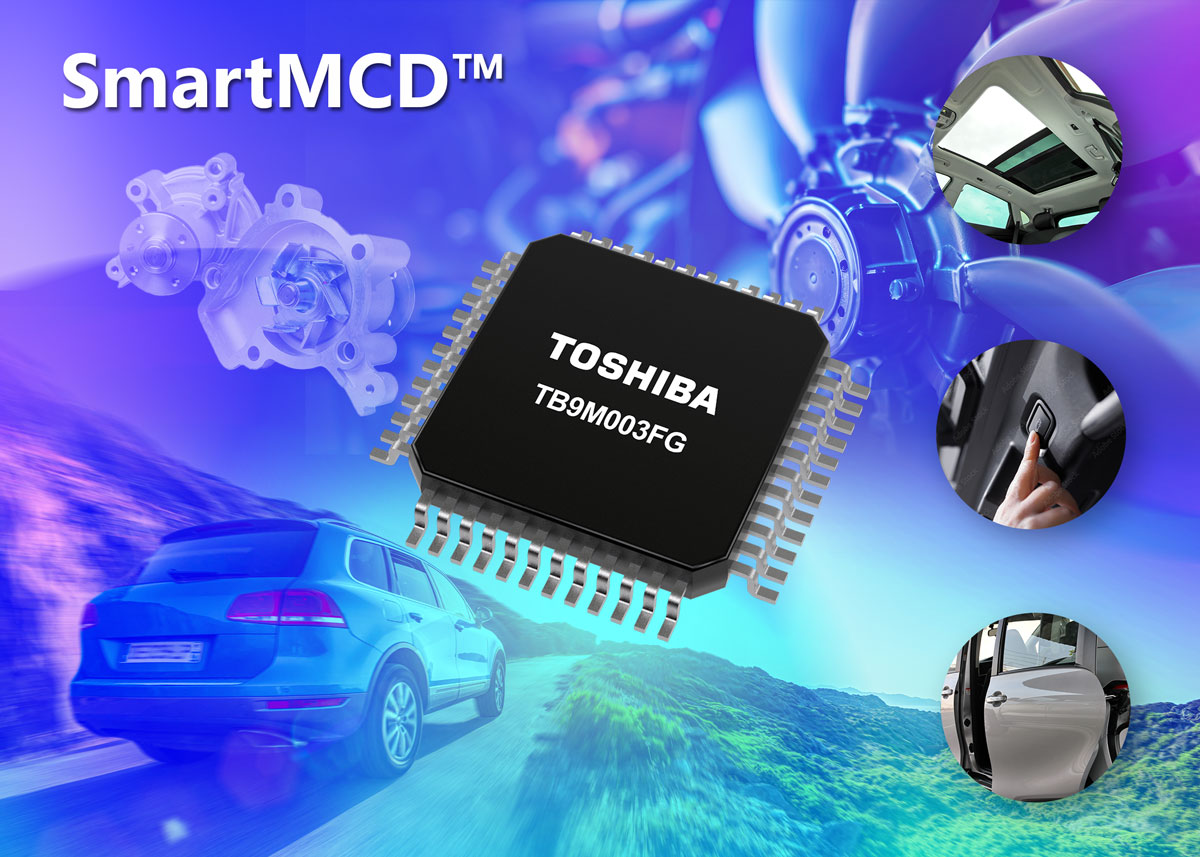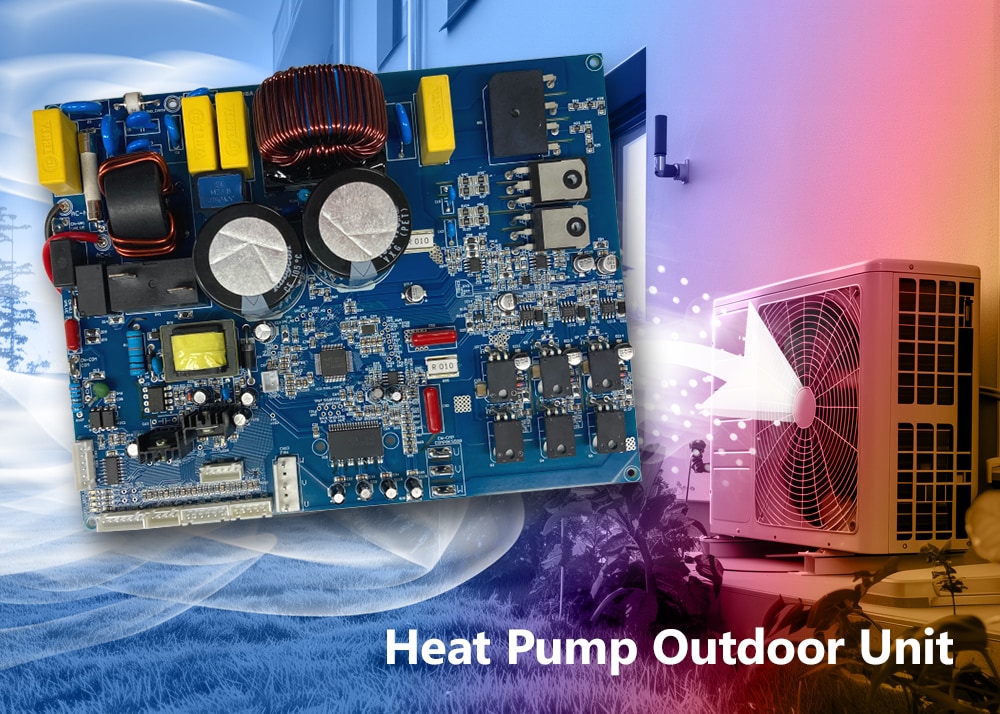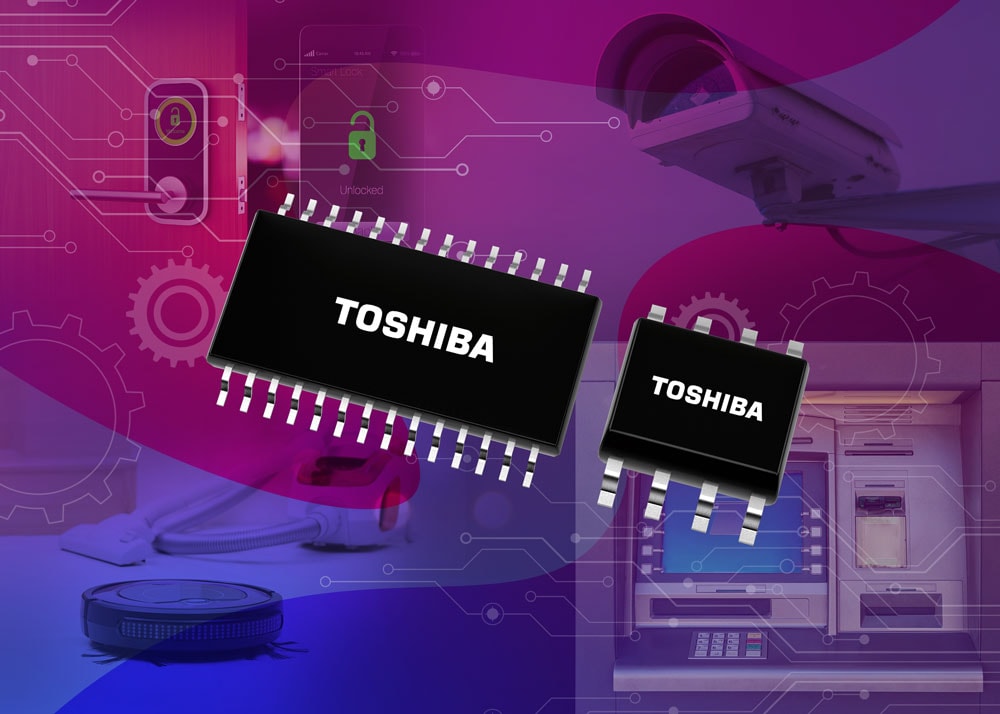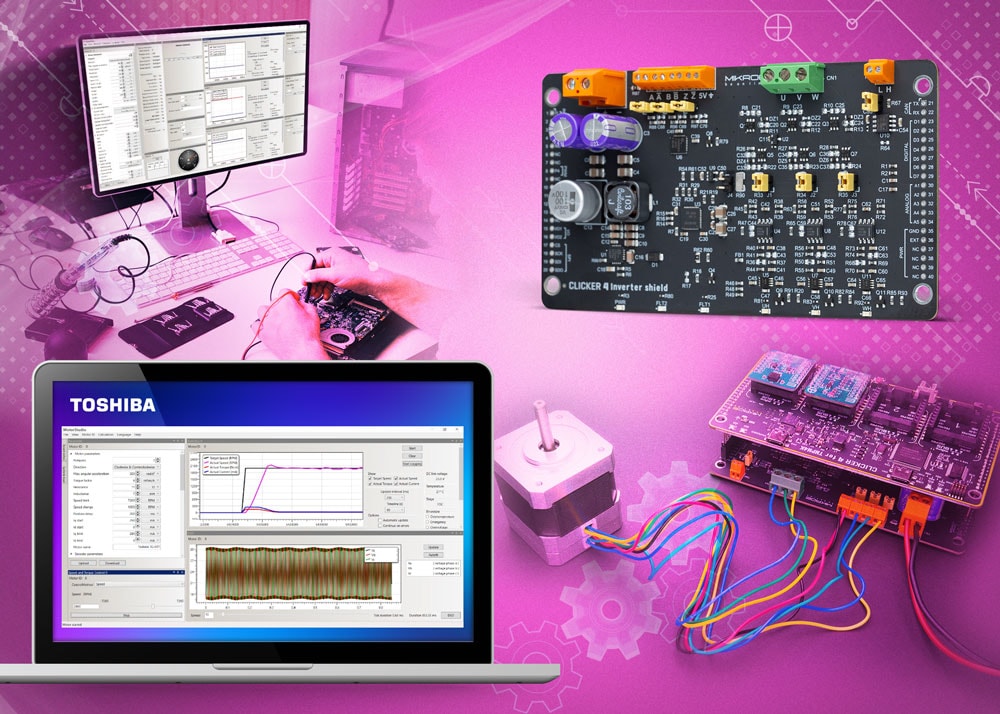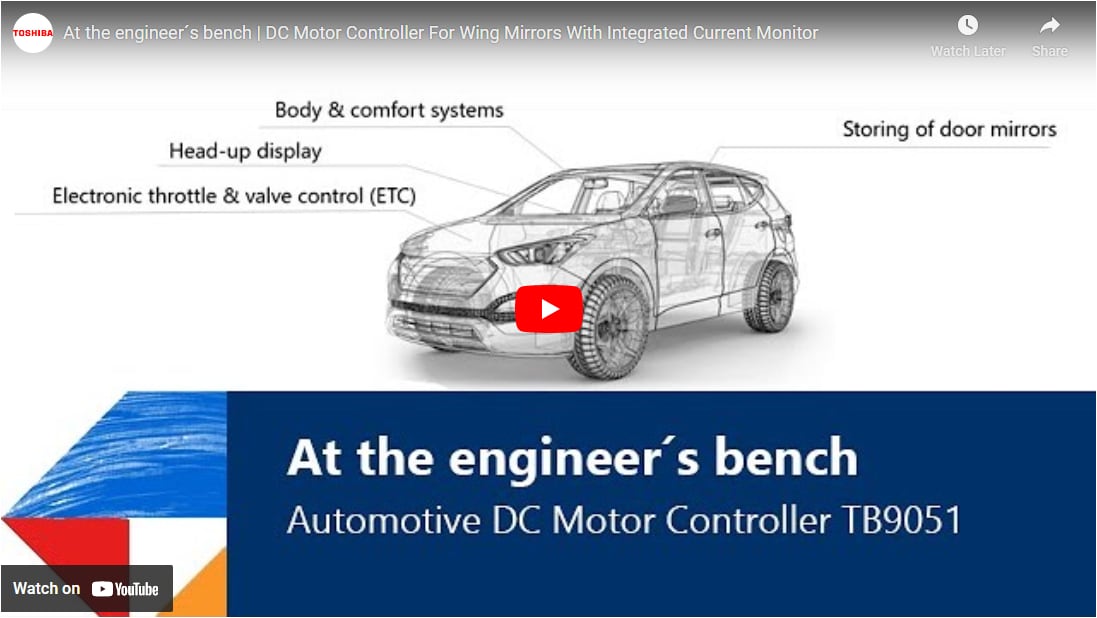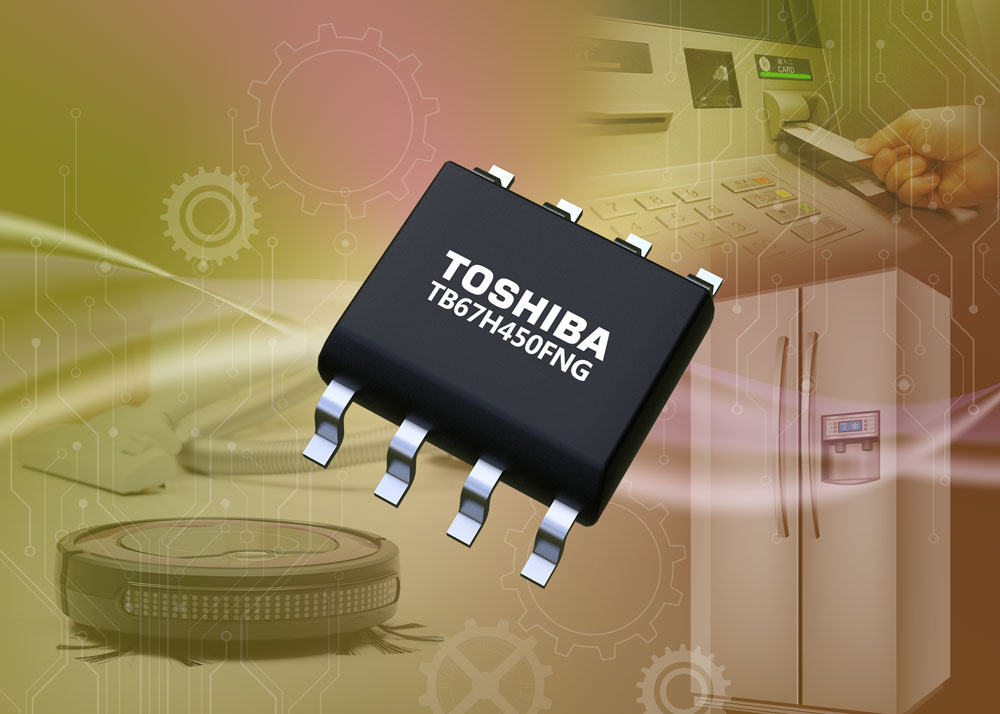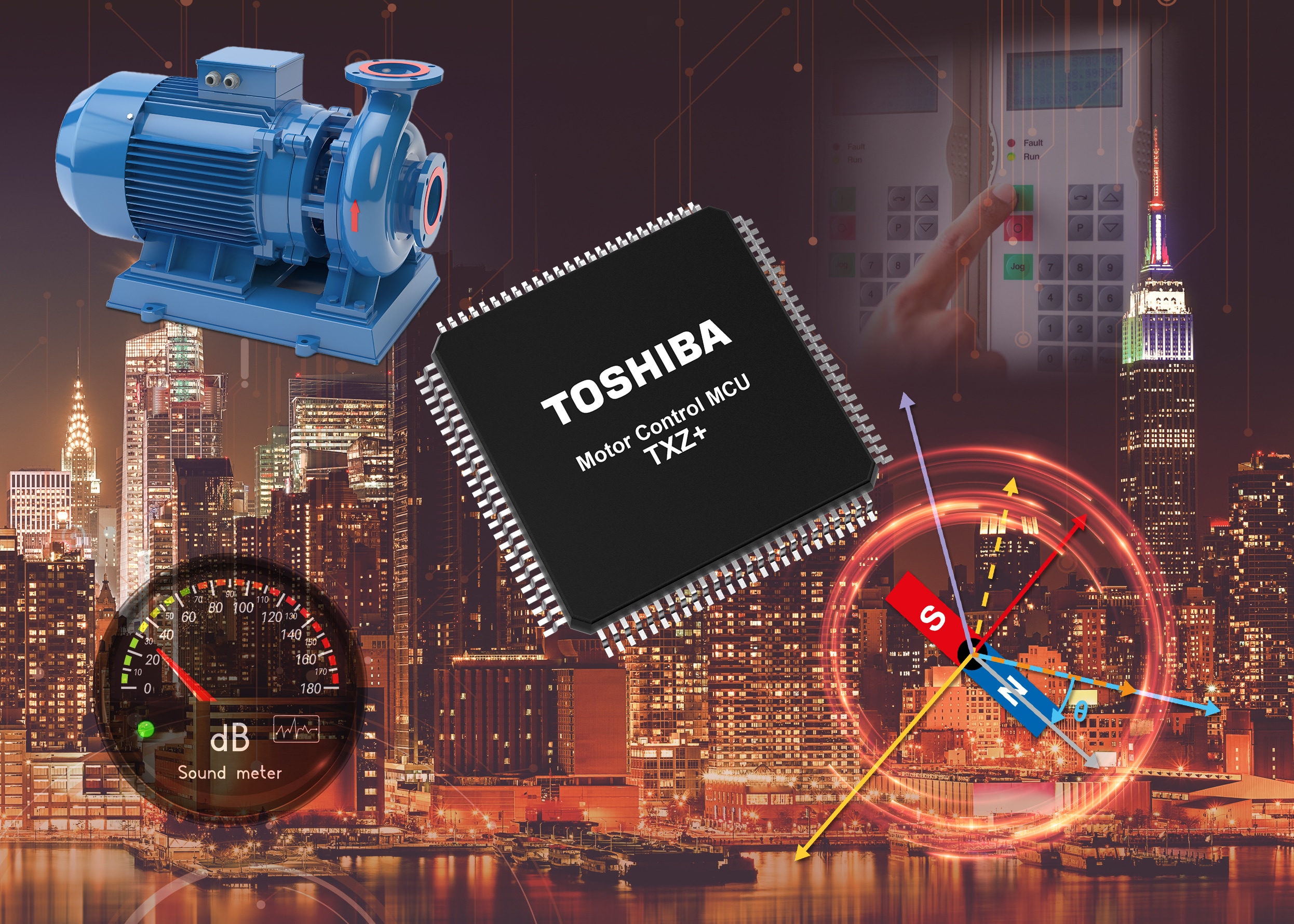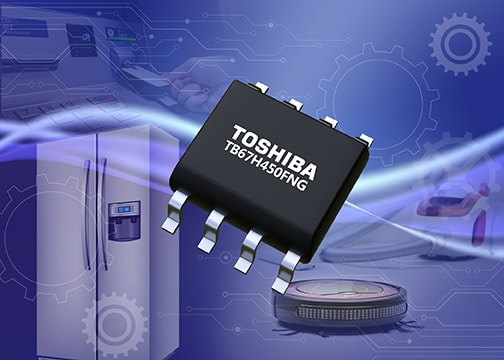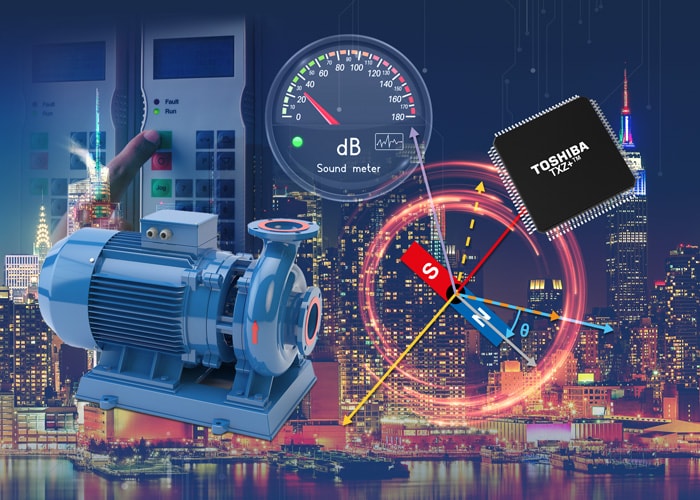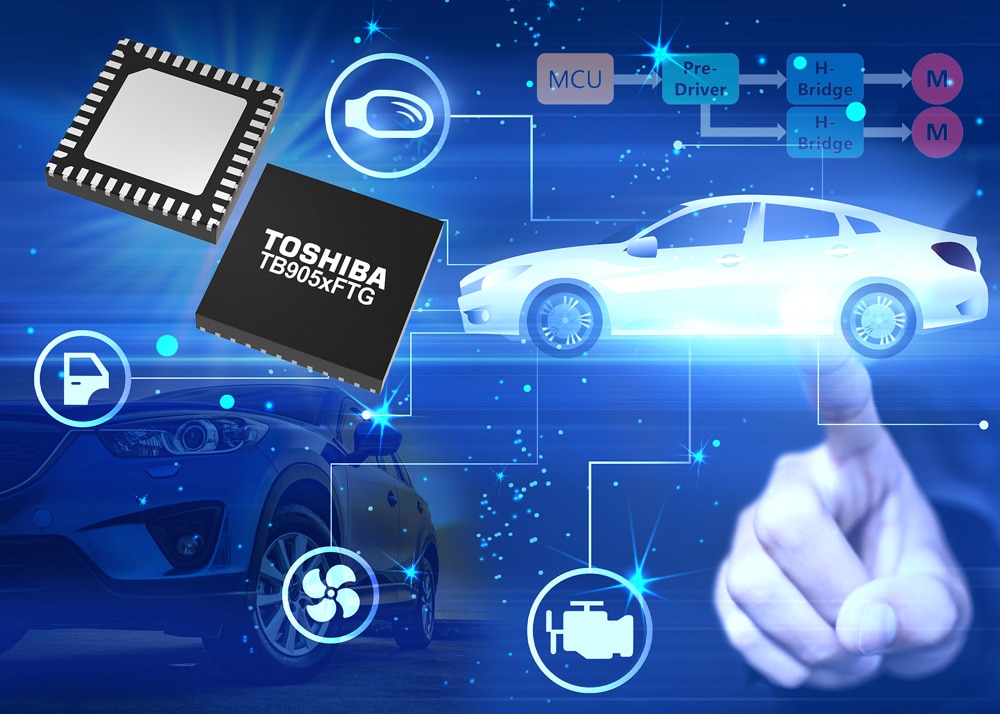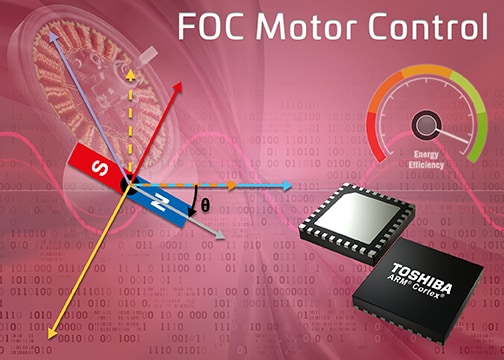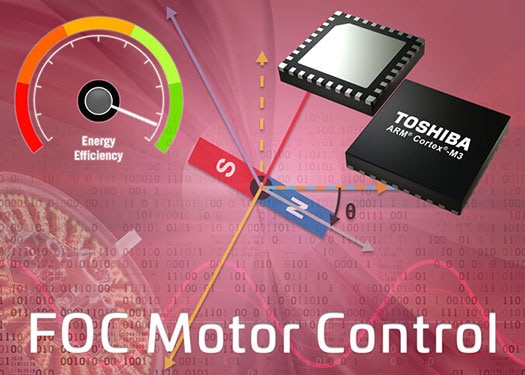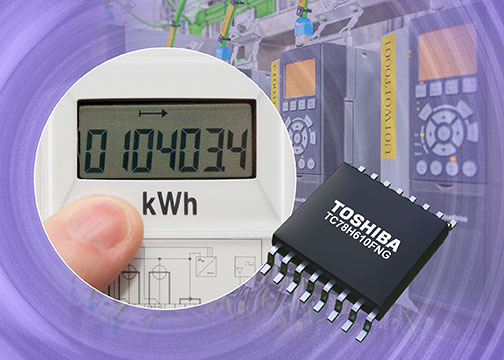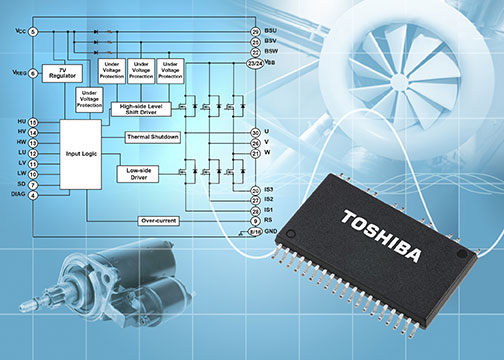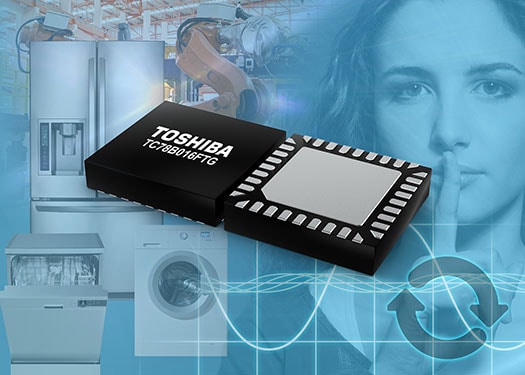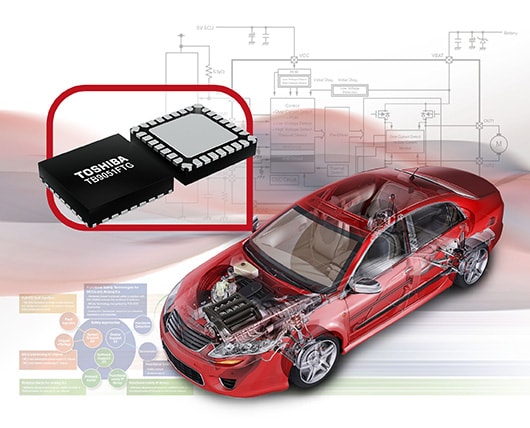- General Top
- SEMICONDUCTOR
- STORAGE
- COMPANY
-
My ToshibaSemicon
- Semiconductor Top
-
ApplicationsAutomotive
Body Electronics
xEV
In-Vehicle Infotainment
Advanced Driver-Assistance Systems (ADAS)
Chassis
IndustrialInfrastructure
BEMS/HEMS
Factory Automation
Commercial Equipment
Consumer/PersonalIoT Equipment
Healthcare
Wearable Device
Mobile
Computer Peripherals
-
ProductsAutomotive Devices
Discrete Semiconductor
Diodes
Transistors
Logic ICs
Analog Devices
Digital Devices
Wireless Devices
※
: Products list (parametric search)
Power SemiconductorsSiC Power Devices
※
: Products list (parametric search)
Isolators/Solid State RelaysPhotocouplers
Digital Isolators
Solid State Relays
Fiber Optic Transmitting Modules
※
: Products list (parametric search)
MOSFETsIGBTs/IEGTsBipolar Transistors※
: Products list (parametric search)
Diodes※
: Products list (parametric search)
MicrocontrollersMotor Driver ICsIntelligent Power ICs※
: Products list (parametric search)
Power Management ICsLinear ICs※
: Products list (parametric search)
General Purpose Logic ICsLinear Image SensorsOther Product ICsOther Product ICs
※
: Products list (parametric search)
-
Design & Development
Design & Development
Innovation Centre
At the Toshiba Innovation Centre we constantly strive to inspire you with our technologies and solutions. Discover how to place us at the heart of your innovations.
-
Knowledge
Knowledge
Highlighted Topics
Further Materials
Other
- Where To Buy
- Part Number & Keyword Search
- Cross Reference Search
- Parametric Search
- Stock Check & Purchase
This webpage doesn't work with Internet Explorer. Please use the latest version of Google Chrome, Microsoft Edge, Mozilla Firefox or Safari.
require 3 characters or more. Search for multiple part numbers fromhere.
The information presented in this cross reference is based on TOSHIBA's selection criteria and should be treated as a suggestion only. Please carefully review the latest versions of all relevant information on the TOSHIBA products, including without limitation data sheets and validate all operating parameters of the TOSHIBA products to ensure that the suggested TOSHIBA products are truly compatible with your design and application.Please note that this cross reference is based on TOSHIBA's estimate of compatibility with other manufacturers' products, based on other manufacturers' published data, at the time the data was collected.TOSHIBA is not responsible for any incorrect or incomplete information. Information is subject to change at any time without notice.
require 3 characters or more.
BLDC motor control without the need for an MCU
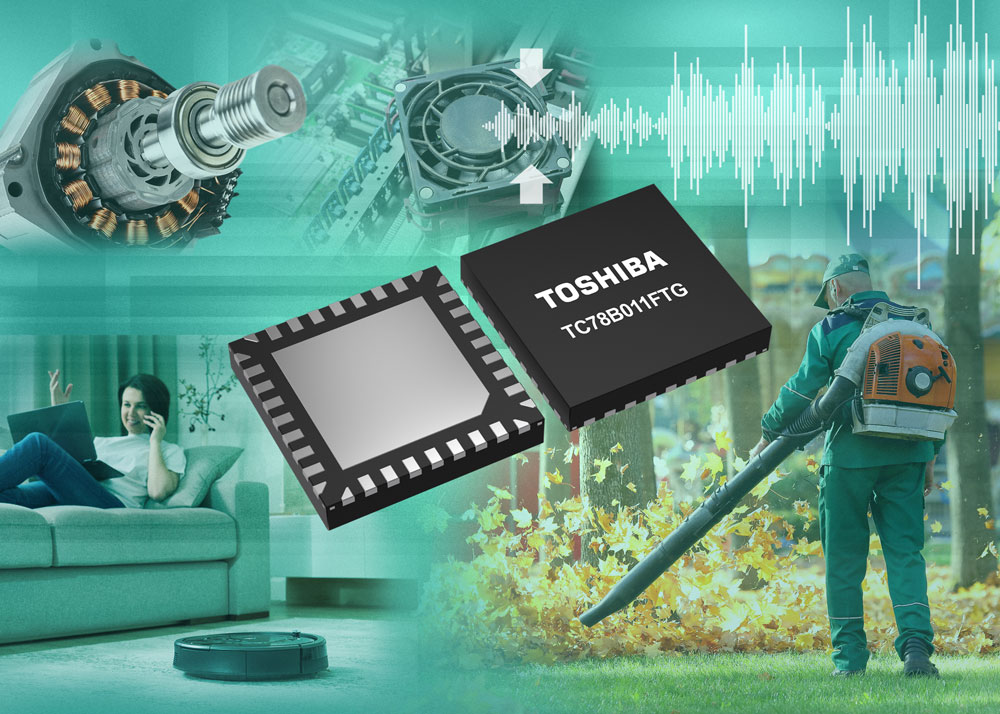
Brushless DC (BLDC) motors offer many advantages over brushed DC motors including their ability to deliver more torque in the same form factor, generate less electrical and audible noise, and demand significantly less maintenance.
However, commutation must be achieved with electronics which increases design complexity including the need to know the angle of the rotor. Physical sensors are available, but they add to bulk and cost so, generally this approach is non-preferred. Other approaches exist although often they require a microcontroller and the development of code which lengthens the development time.
Fortunately, there are highly integrated motor controllers available that will operate without a microcontroller unit (MCU).
There are multiple types of BLDC motor available, those generating a trapezoidal back-EMF are typically termed BLDC motors, while those generating a sine wave are known as permanent magnet synchronous motors (PMSM). The type can be determined by looking at the output waveform when the rotor is turned by hand.
PMSM motors are preferred in applications where lower torque ripple is needed, along with quieter operation, and higher efficiency. However, while driving a BLDC motor faster simply requires applying more current to the coils but, for a PMSM, faster rotational speeds require application of a higher frequency sine wave to the coils. As the sine wave shape is calculated - computationally complex process - a high-performance processor, field-programmable gate array (FPGA), or a device with hardware acceleration is typically required.
Today, highly integrated MCU-less solutions deliver simple configurability for PMSM motor control without requiring rotor sensors. One such device is Toshiba’s TC78B011FTG sine wave pre-driver for sensorless three-phase brushless motor control. Operating from 5.5V to 27V, (30V absolute max.), the device is ideal for driving Delta or Wye configured motors in fans, pumps, and portable vacuum applications.
Operation is configured via an I2C interface, with settings stored in non-volatile memory (NVM) allowing programming during manufacture. Motor speed can be set via I2C, or via a PWM or analogue input. Braking and direction control is set via input pins or I2C.
To speed up evaluation and development, the TC78B011FTG is available from MIKROE on the Brushless 23 Click board that is suitable for the efficient operation of blowers, pumps, and high-velocity fans for servers.
Toshiba has just published a white paper on MCU-less BLDC control. It is available to download here:


